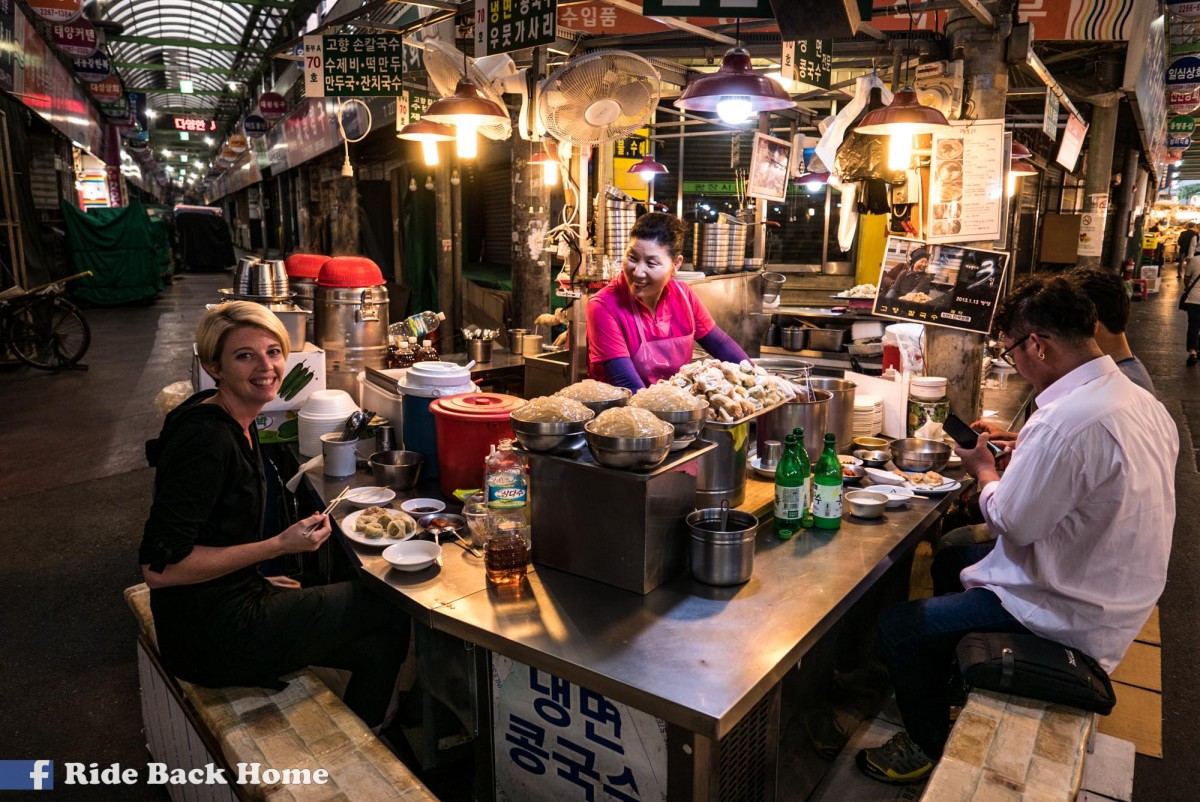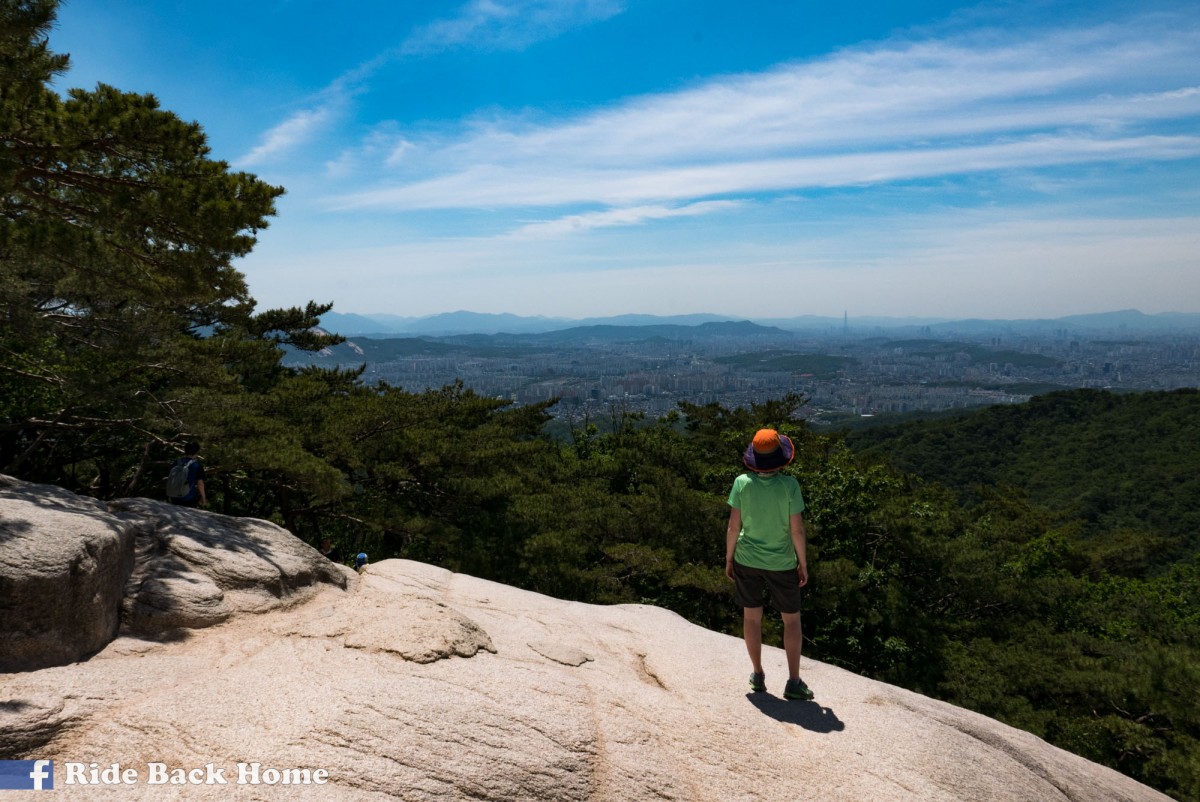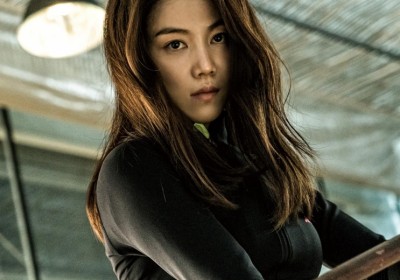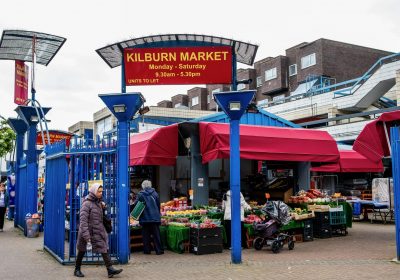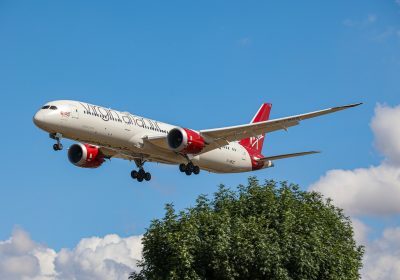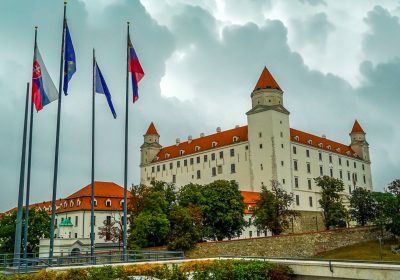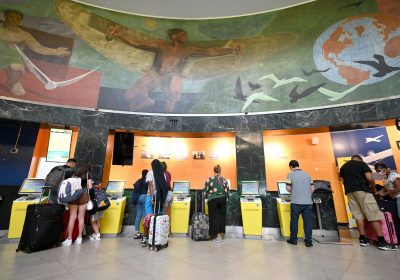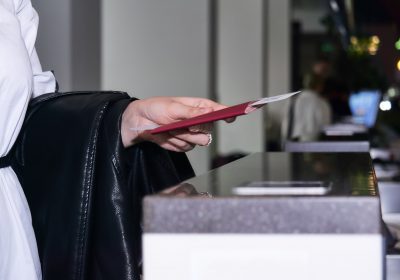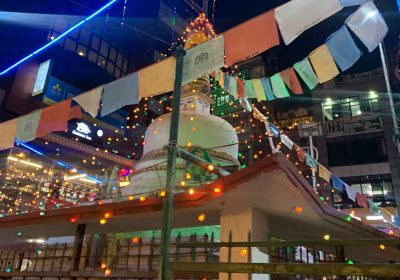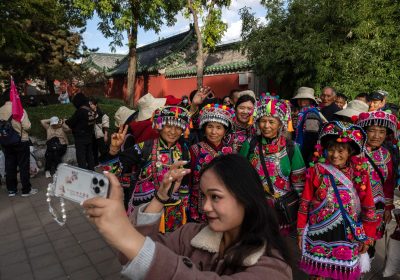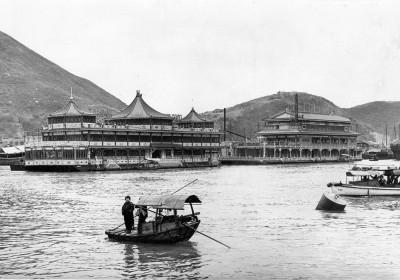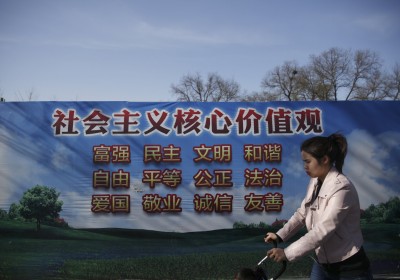登道峰山/李明熙
北漢山國立公園是首爾的後花園,面積近 80 平方公里,繞一圈的環山步道長達 72 公里。當中有數之不盡的登山徑,最方便又最受歡迎的登山徑是在東北邊的道峰山。
 從巿中心坐 1 號地鐵線直達道峰山站,登山口離地鐵站約 15 分鐘路程,沿途有各大登山品牌的專門店及食肆,即使空手空肚而來,都可以在此補給,馬上出發。
從巿中心坐 1 號地鐵線直達道峰山站,登山口離地鐵站約 15 分鐘路程,沿途有各大登山品牌的專門店及食肆,即使空手空肚而來,都可以在此補給,馬上出發。
當日是週一,登山者以中年人居多,大叔大嬸都穿著得異常時髦,登山裝配搭得色彩燦爛卻不俗氣,女士們面上濃妝依然,身上的裝備卻十分專業。Kim 忘了帶帽,而且只穿了一般波鞋,看到其他同行者的裝束,自覺準備不足,便即場買了頂橙紫色登山帽。看來,爭妍鬥麗是女士的本性。
登山口有職員站崗派發地圖,提示上落山的路線,筆者建議英文及韓文版各取一份,因為沿路分岔口多,不少地名的英文拼音相似,用韓文比較可靠,拿著問路也方便點。
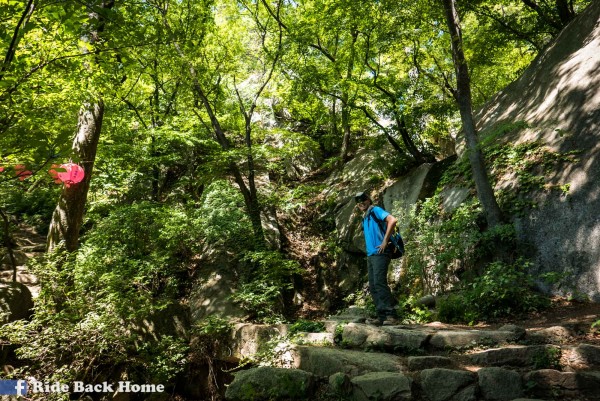 740 米高的紫雲峰是道峰山的最高點,我們雖以龜速的步伐上山,但不到兩小時便攻頂,比想像中簡單。大家右上左落排隊攻頂,毫不相讓,加上山頂可立足之地不多,不宜久留。幸好天朗氣清,連樂天世界大廈和首爾塔都能看得見。
740 米高的紫雲峰是道峰山的最高點,我們雖以龜速的步伐上山,但不到兩小時便攻頂,比想像中簡單。大家右上左落排隊攻頂,毫不相讓,加上山頂可立足之地不多,不宜久留。幸好天朗氣清,連樂天世界大廈和首爾塔都能看得見。
上山時沒留意,下山時迎面遇到很多韓國人,他們喜歡登山時大聲播放音樂,男女老少都有,非常吵耳。帶笑容的人亦不多,打招呼的更少,沒甚麼眼神交流,大家像是急急趕趕地登山,莫非這是韓國人的本性?
 More Than Kimchi/Kimberlogic
More Than Kimchi/Kimberlogic
Although I knew of Kimchi before going to South Korea, I wasn’t aware of the amount of it that Koreans eat. Kimchi is served at every meal, even breakfast. It is served even when ordering a light snack. It is served at every kind of restaurant and even at roadside stalls. Having beyond my fill of Kimchi on this trip, by the third day I was even able to tell when it was prepared well and when it wasn’t. When I could taste the freshness of the vegetable I could tell the Kimchi wasn’t ready yet. Another way to tell if it is good is the balance between the sourness and the spiciness. If one was more overpowering, the flavour didn’t sit well on my palate. Eating Kimchi at every meal for a week was good, but I don’t think I could handle it for any longer than that.
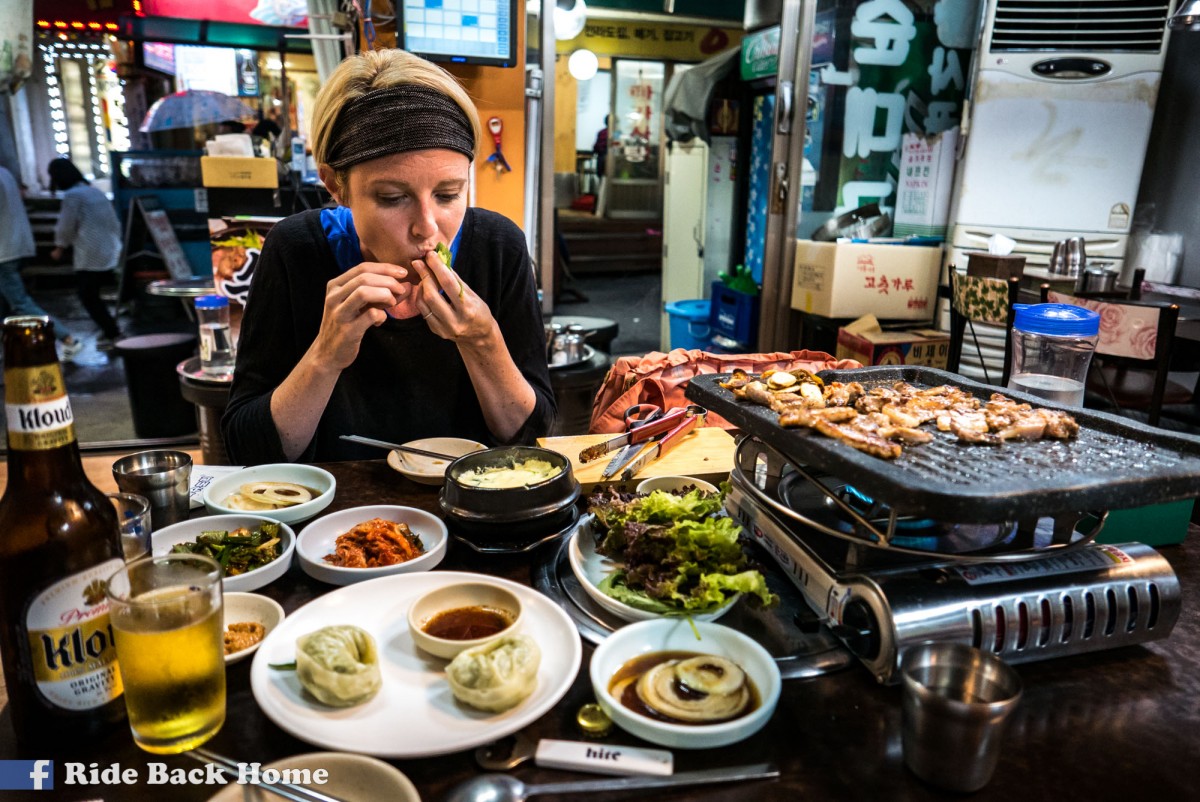
My favourite part of Korean cuisine is the side dishes. Kimchi is always one of the side dishes, but every time you order a meal anywhere in South Korea, at least five side dishes are served along with your main dish. These side dishes were normally cold, spicy and were different in every restaurant. Some of my favourites were cucumbers in spicy sauce, seaweed, bean sprouts, small dried fish and tofu in a tomato sauce. You could always have them refilled, so no matter how small the main dish was we never left hungry.
Bibimbap is a popular Korean dish, especially for foreigners. It is a hot stone bowl filled with rice and veggies with a fried egg on top. I tried it twice and both times I was disappointed. With all of the flavour and spice used in Korean cooking, this dish had nothing. It was bland and the only thing to make it edible was adding enough chilis paste which felt boring after seeing and sampling many other exciting dishes.
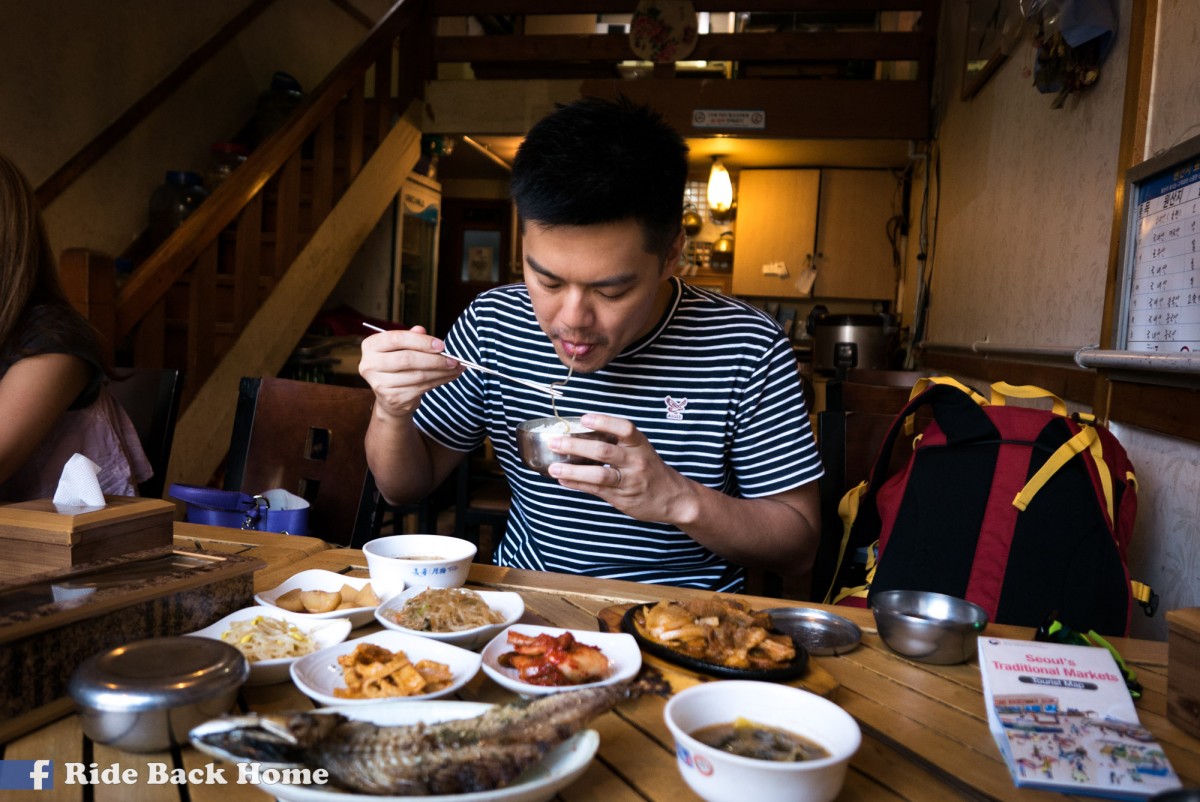
My favourite meal of our trip was found in a little alley at Insa-dong. We ordered a grilled fish set in this tiny restaurant that looked like someone’s home. The women cooking and serving us were all above fifty and were very kind. The fish had the charcoal grill flavour and the side dishes were perfect. Since it was just before lunch time, we felt as though we were guests in these women’s home because they were so nice and the food was so scrumptious.
The chopsticks in South Korea are flat. I found them more awkward than useful. I also noticed after a few meals that we were the only people eating rice with chopsticks and picking up our bowls. Koreans eat rice with a spoon so they don’t have to pick up their bowls. The last eating custom I had trouble embracing was having tea in rice. When rice is served in a small hot pot, after the majority of it is scooped out, they pour tea into the pot to “unstick” the rice, and then they eat it like a soup. So, by the end of our trip, although I didn’t embrace all of the customs, I felt confident in my knowledge and experience of Korean food.
